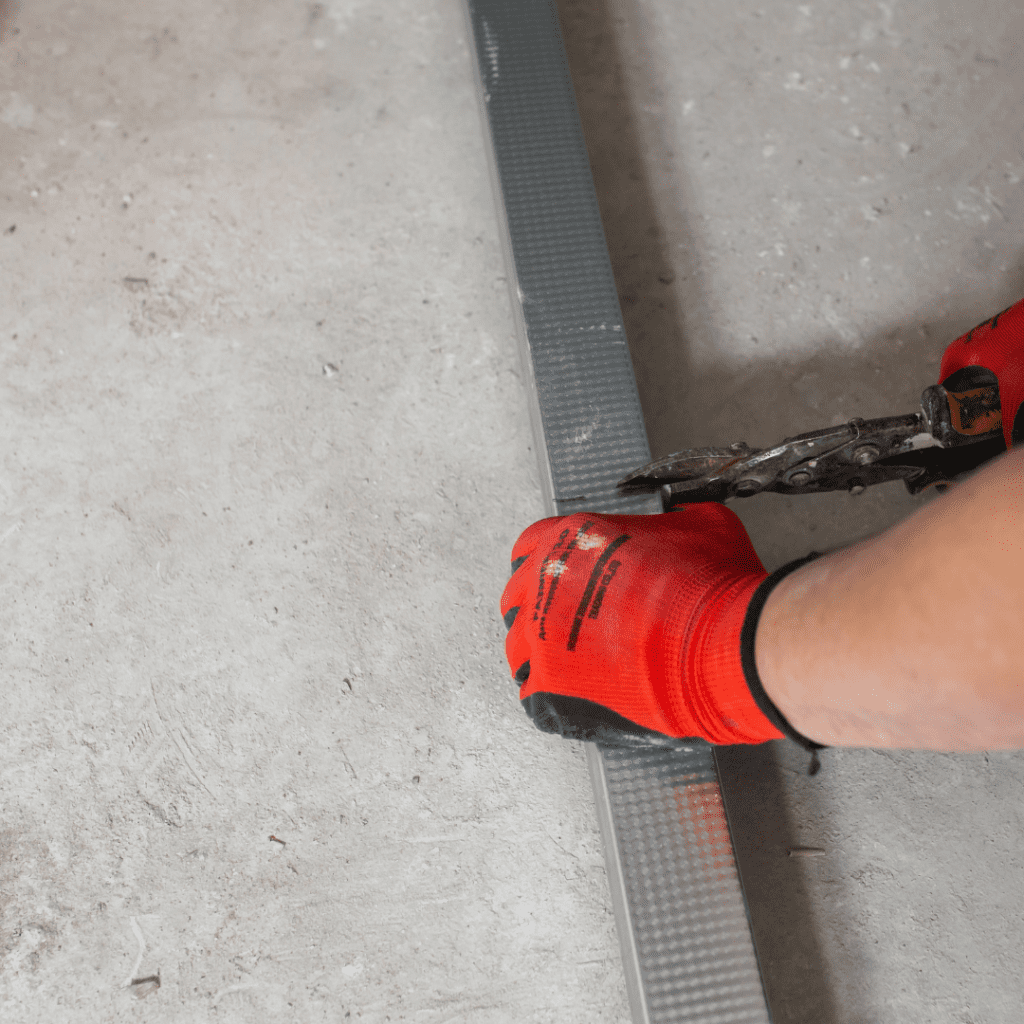Why It’s Necessary to Remove Drywall in Certain Flood Situations
Flooding can cause significant damage to your home, and one of the most vulnerable areas is the drywall. While it might be tempting to simply dry out the walls and move on, in many cases, the safest and most effective approach is to remove the drywall altogether. Here’s why this step is often necessary, including considerations for the insulation behind the drywall, and how it aligns with industry best practices like the IICRC S-500 standard. If you are experiencing water damage in your home, call Zeppelin right away to see what your options are.


Problems with Saturated Drywall
Drywall is a common material used in the construction of interior walls and ceilings. However, it’s also highly porous, meaning it can absorb and retain water easily. When floodwaters invade your home, especially in cases of prolonged exposure, the drywall can become saturated, leading to a host of problems.
- Structural compromise: Wet drywall loses its structural integrity, becoming soft and weak. This can result in sagging, crumbling, or even collapse, posing a safety hazard.
- Mold growth: The porous nature of drywall makes it an ideal breeding ground for mold spores, which can begin to grow within 24 to 48 hours of water exposure. Mold not only damages the material further but also poses health risks to occupants, including respiratory issues and allergic reactions.
- Hidden moisture in insulation: Behind the drywall, insulation—typically fiberglass, cellulose, or foam—can also become saturated with water. Wet insulation loses its effectiveness and can also harbor mold and bacteria. Since insulation is hidden behind the drywall, it can be difficult to assess its condition without removing the wall covering. Failing to address wet insulation can lead to ongoing moisture issues, mold growth, and a decrease in your home’s energy efficiency.
Zeppelin’s expert water damage restoration team can assess the situation and make a plan to ensure your home is safe after flooding.
The IICRC S-500 Standard: A Guide to Best Practices
The Institute of Inspection, Cleaning, and Restoration Certification (IICRC) sets the standards for water damage restoration, and the S-500 standard is the go-to guide for professionals in the industry. According to the IICRC S-500, the removal of drywall—and the inspection and potential removal of the insulation behind it—is often necessary in flood situations, especially in the below situations.
The water is contaminated
Category 2 (gray water) or Category 3 (black water) can carry harmful bacteria, chemicals, and other contaminants. The S-500 standard recommends removing any materials that have come into contact with this water. This includes drywall and insulation, to prevent health hazards.
Drying cannot be achieved
When drywall and insulation get exposed to significant amounts of water, it becomes nearly impossible to dry them completely. The S-500 standard emphasizes the importance of ensuring all materials are fully dried to prevent further damage and mold growth. Insulation, in particular, can trap moisture and require complete removal to ensure the area is dry and safe.
Mold is present
If mold has begun to grow on or behind the drywall, including within the insulation, the affected materials must be removed. The IICRC S-500 standard outlines the procedures for safely removing and disposing of mold-contaminated materials to protect the health of the home’s occupants.
Benefits of Removing Drywall and Insulation in Flood Situations
While it may seem like an added expense or inconvenience, removing drywall and the insulation behind it in flood situations offers several key benefits, listed below. Call Zeppelin Cleaning Services today to learn about how we can restore your home after flooding.
- Prevents mold growth: By removing wet drywall and insulation, you eliminate the primary breeding grounds for mold. This reduces the risk of health issues and further damage to your home.
- Ensures complete drying: Removing the drywall and insulation allows restoration professionals to access the wall cavities and ensure that everything is thoroughly dried. This helps prevent hidden moisture from causing long-term problems.
- Improves structural integrity: Replacing damaged drywall and insulation restores the strength and stability of your walls. That means your home remains safe and energy-efficient.
- Adheres to industry standards: Following the IICRC S-500 means that the restoration process is done correctly. You can have peace of mind knowing that your home is being restored to its pre-flood condition in the best possible way.
In many flood situations, removing drywall and the insulation behind it is not just an option—it’s a necessity. By following the IICRC S-500 standard, restoration professionals can effectively mitigate the risks associated with water-damaged drywall and insulation, ensuring your home is safe, dry, and free from harmful mold. If you’re dealing with the aftermath of a flood, it’s crucial to work with a certified water damage restoration company that understands the importance of proper drywall and insulation removal and adheres to industry best practices. Don’t take shortcuts when it comes to your home’s safety. Invest in Zeppelin’s professional restoration services and get the job done right. Contact Zeppelin Cleaning Services today. We’re here to help you restore your home to its original condition, safely and effectively.
